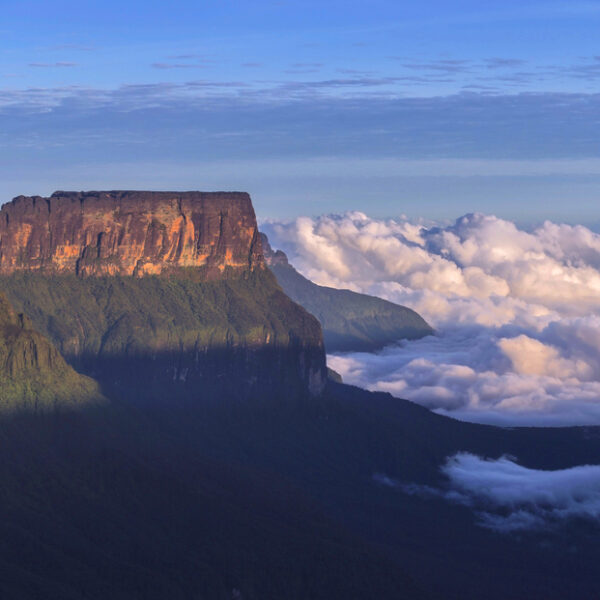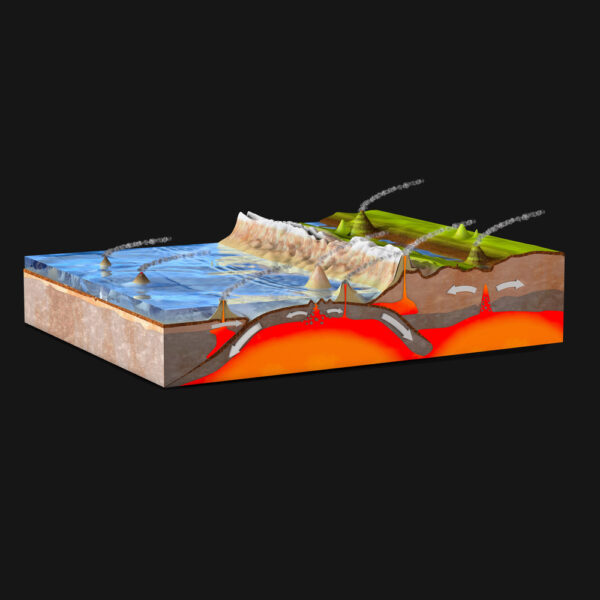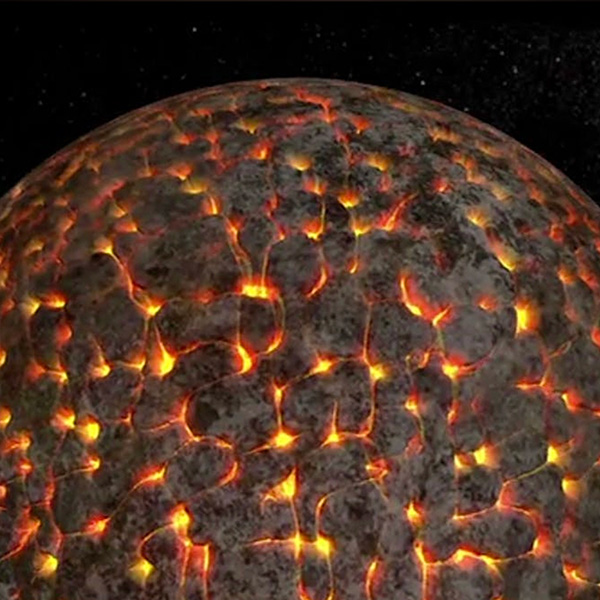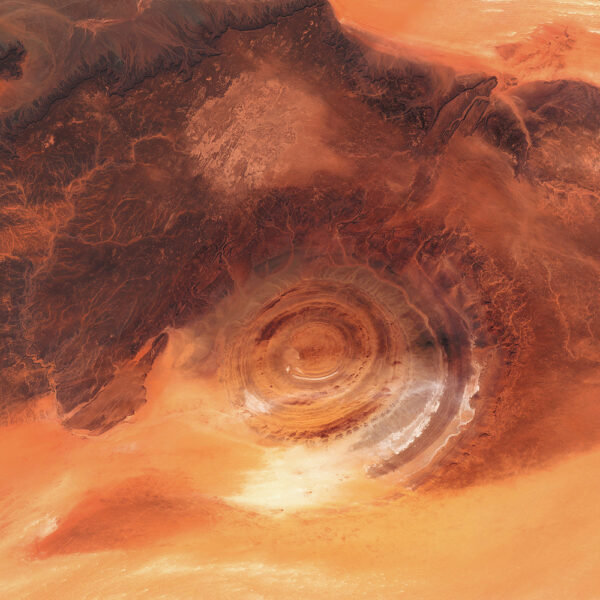Writer Fuel: Mount Roraima – A Floating Island Lost in Time
Mount Roraima is a plateau with near-vertical sides that sits on the triple border point between Brazil, Venezuela and Guyana. The plateau is often encircled by a ring of clouds, which makes the summit look like an island floating in the sky. The mountain towers 9,219 feet (2,810 meters) above the surrounding savanna, jutting out … Read more











